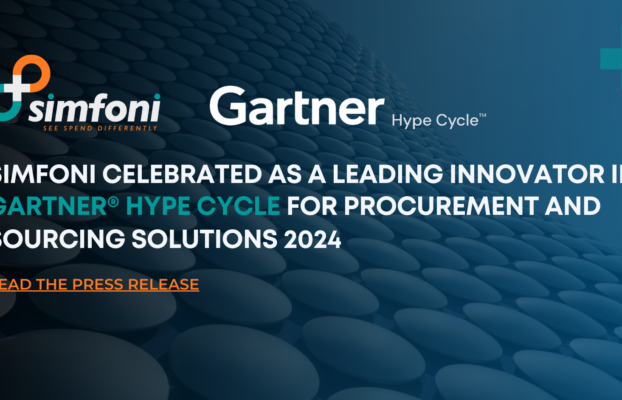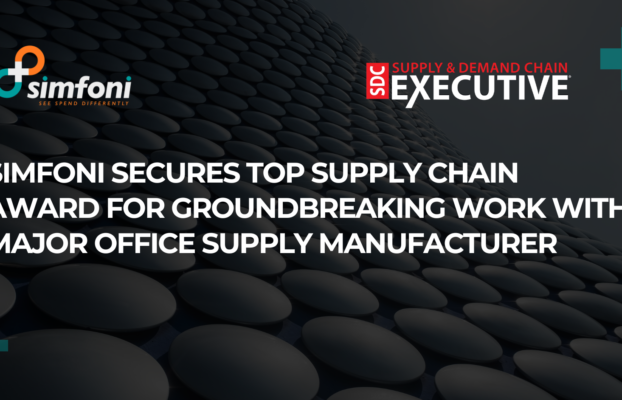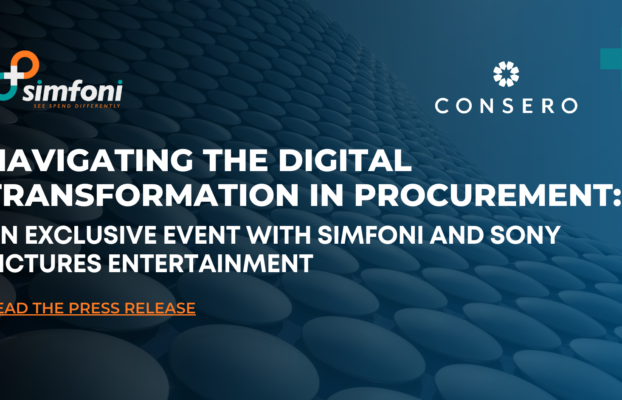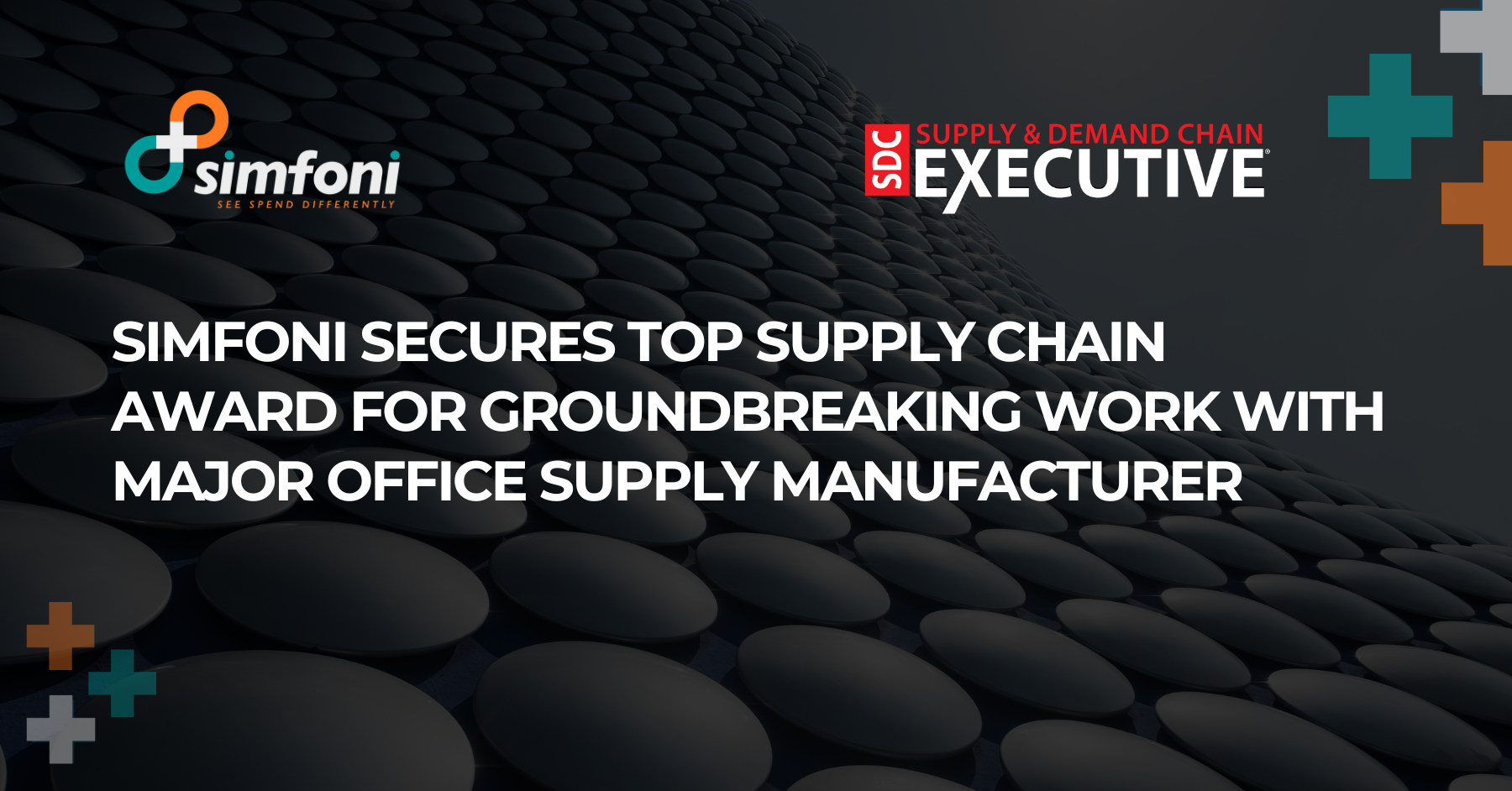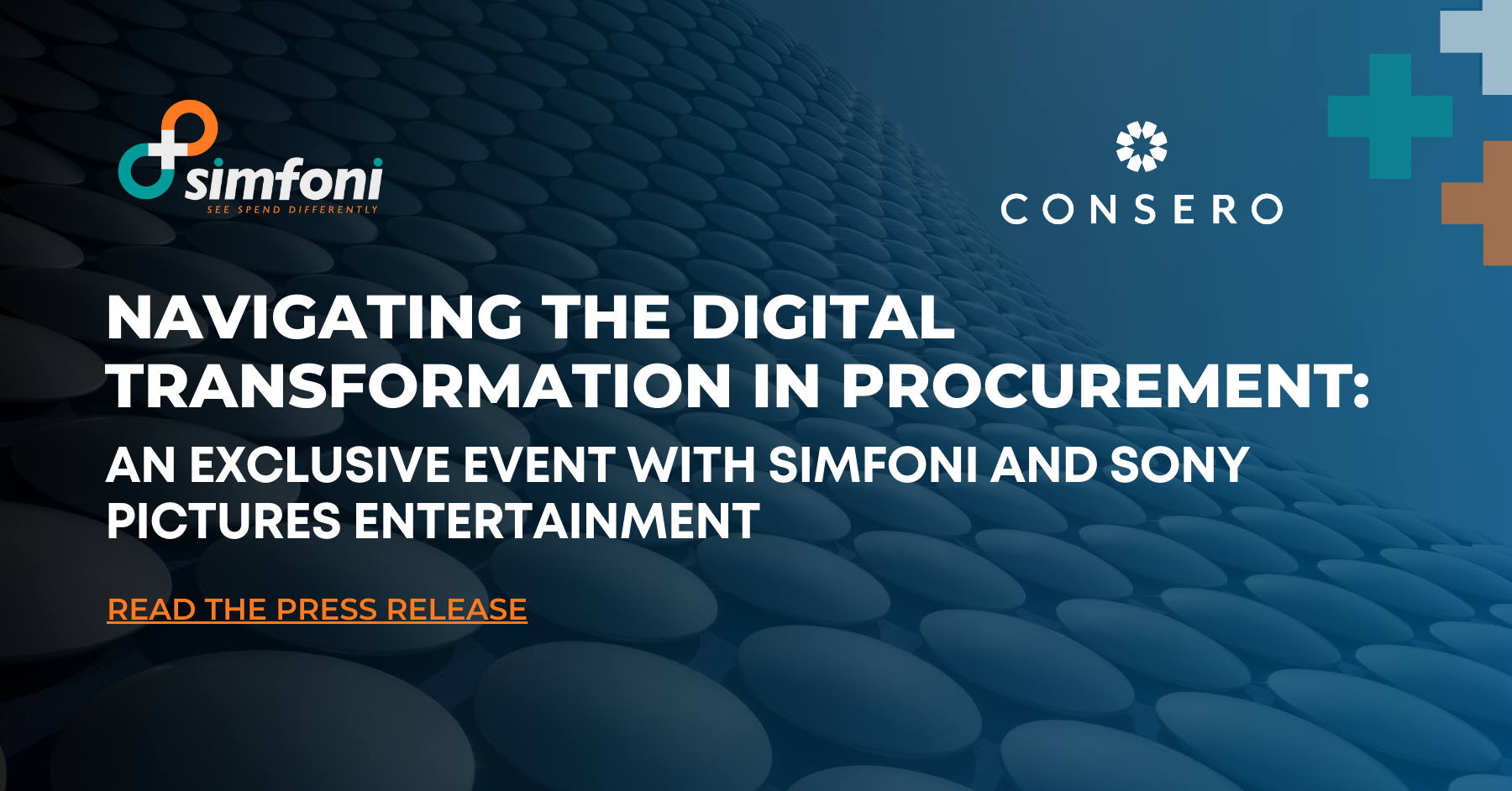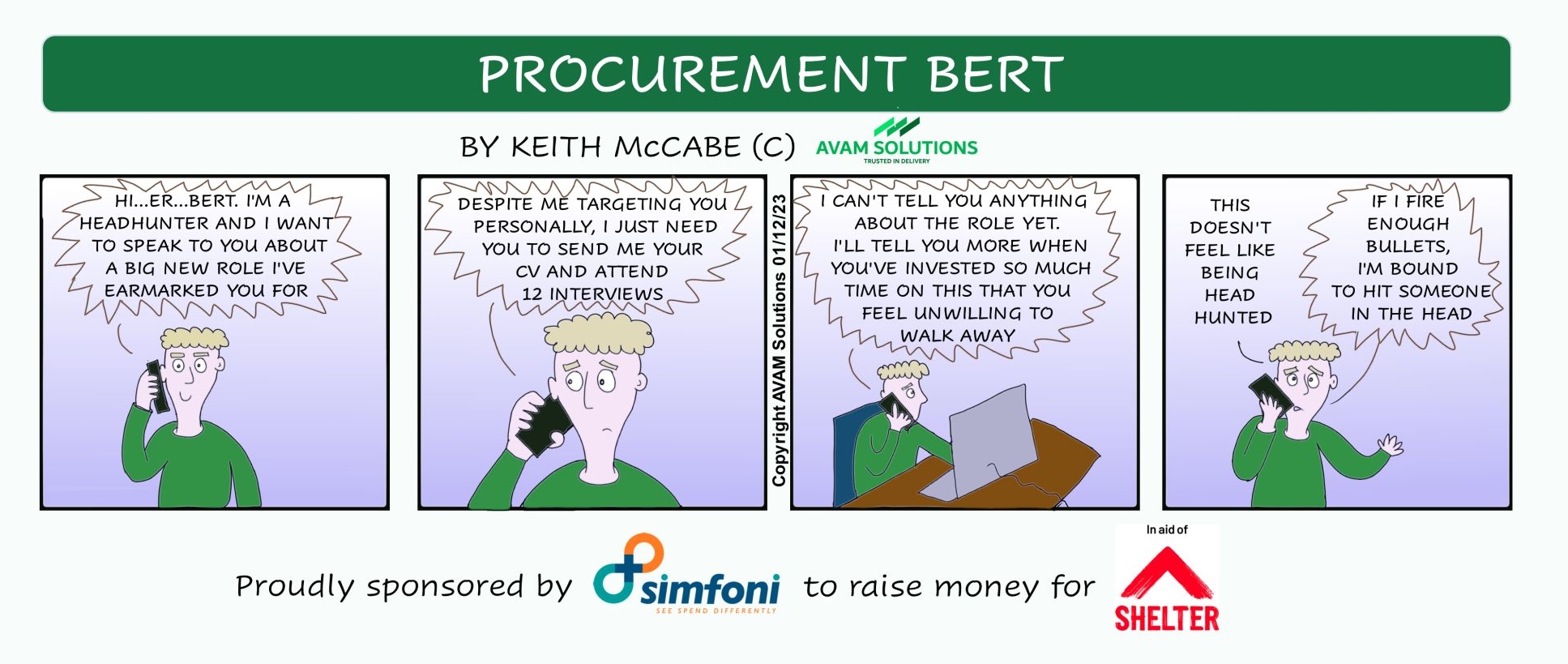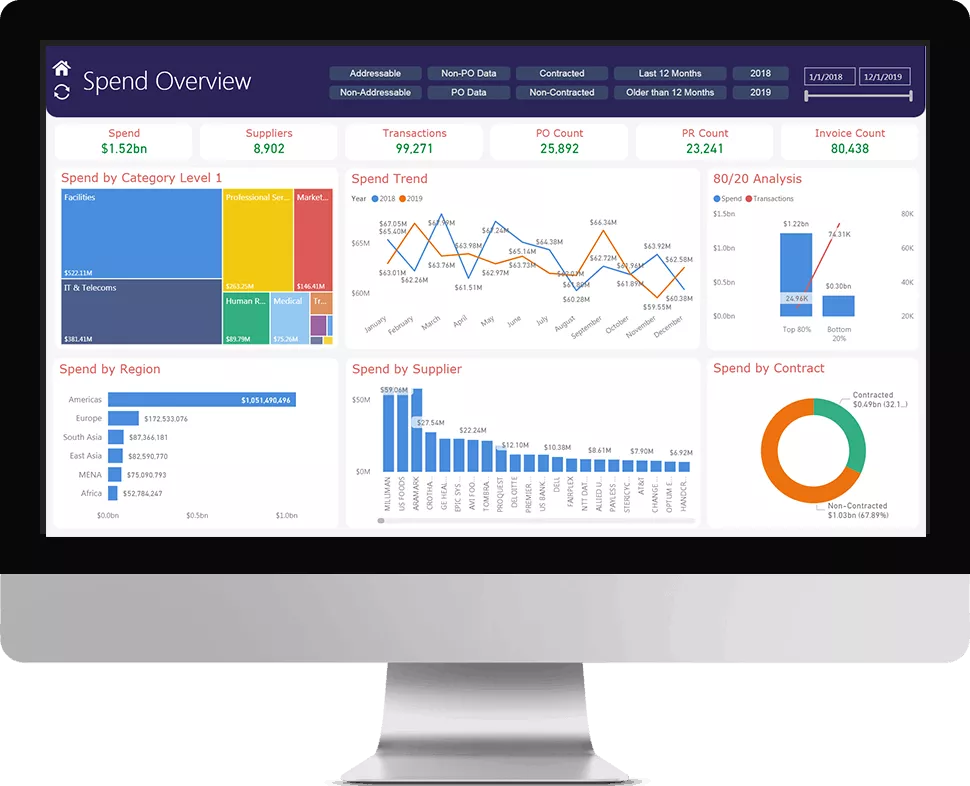B2B marketplaces simplify business-to-business procurement using a digital platform designed for buyers and suppliers. The platform allows buyers to source new products and suppliers that are pre-qualified to meet the marketplace’s requirements. The procurement marketplace for B2B procurement provides information and tools that are necessary for buyers to implement digital processes for RFPs and RFIs, contract negotiation, purchasing, and invoicing.
Simfoni.com Tweet
The world of trade and business has seen massive shifts over the years, from highly sophisticated and modern techniques in all processes to fully automated frameworks and everything in between. It has never been more to process the groundwork of a business, and one of the major reasons for this is the B2B marketplace. Now this marketplace has penetrated a new line of procurement. Here are all the details about it and how it can be used to optimize any business.
A B2B marketplace is a digital platform that can be used to outsource products or services for businesses from service providers specifically dealing with that area of expertise. Businesses choose, adapt, and use them as intermediaries between the supplier and the customers. The procurement marketplace functions like a B2B marketplace allowing businesses to choose options fitting their need. This allows the simplification of sourcing any goods or services and gives businesses an edge over in-house services.
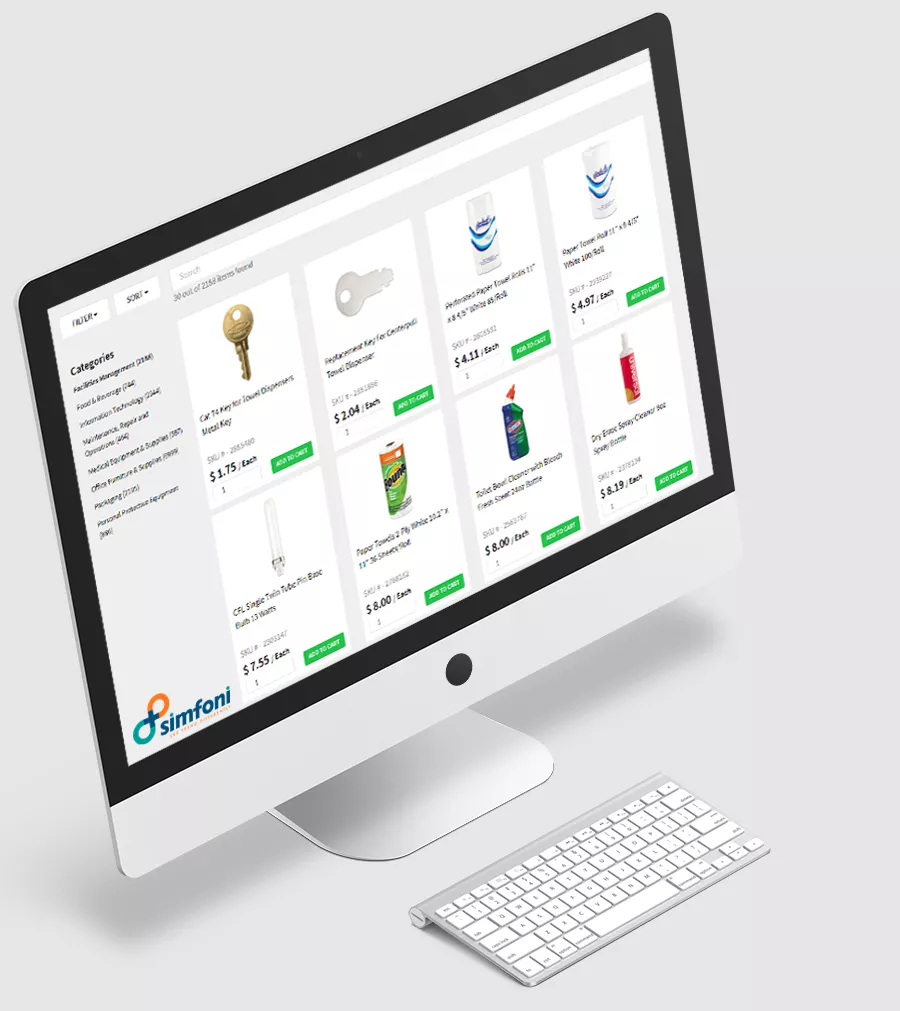
From managing inventory to labor, production, and others, a dedicated platform allows businesses to work with the best. The use of methods like real-life filtration of options and the availability of service providers from all over the world make it easy to find such vendors. Companies require greater volume and information about their business partners to achieve compliance, transparency, and audibility in this way.
When it comes to the business-to-business marketplace model, it’s all about the exchange of value between buyers and sellers and the establishment of new sales channels.
What Do B2B Marketplace Looks Like?
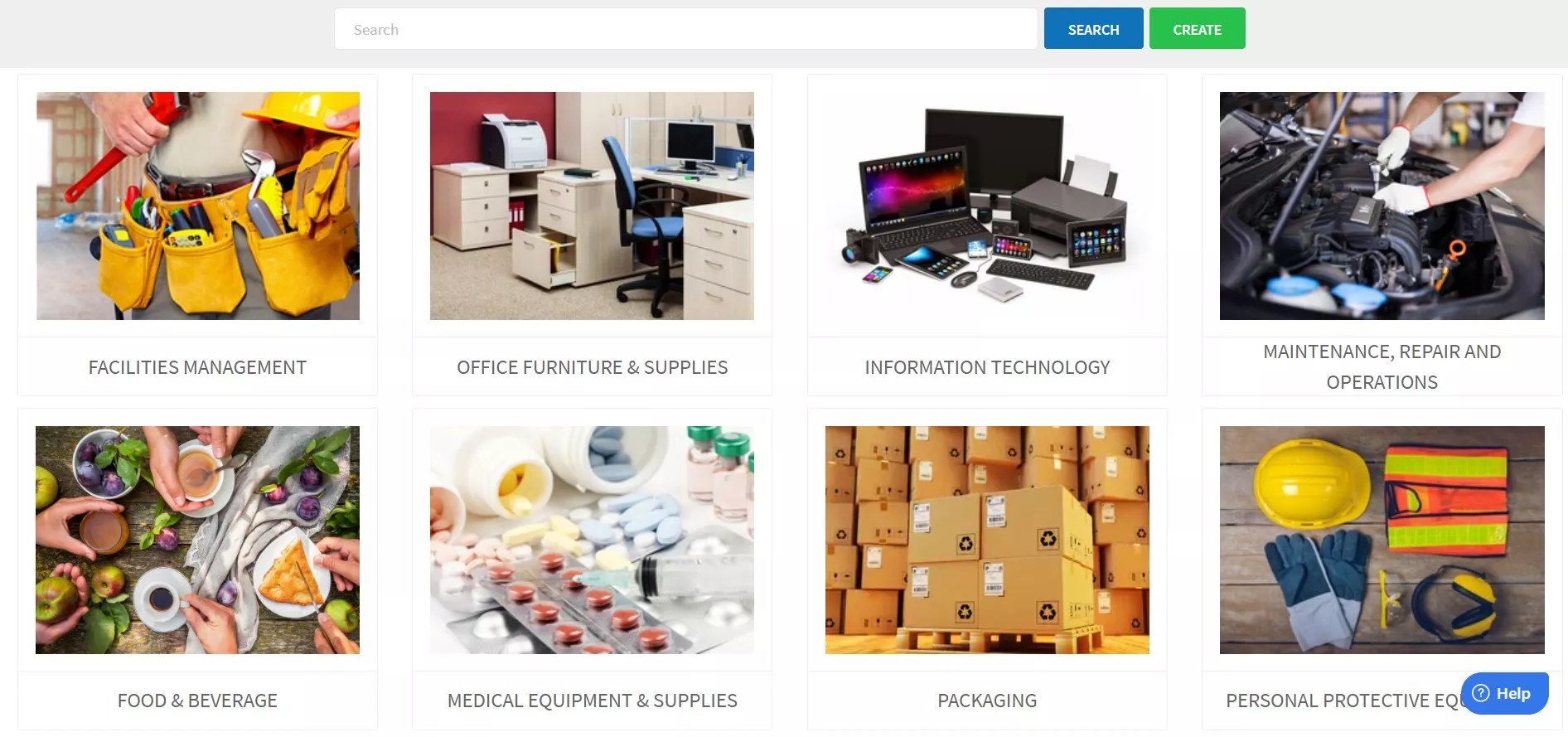
B2B marketplaces can be divided into two major categories:
1. An intermediary connecting service:
This consists of a marketplace that is simply used to connect one business owner to another. A business that acts as a customer to a service provider and the platform helps find the best matches for the procurement of the services or production of goods.
2. A start to finish servicing system:
This system includes a more in-depth approach to the business, not only finding vendors but also the option to have the work managed and controlled under another authority that ensures the quality, delivery, and management tom start to finish. This is also considered the agency model that is now widely in use throughout the world.
The availability of these services makes it the businesses of all scales to benefit from the opportunity. The hassle of marketing, advertisement, authentication, and integration are all omitted by this system, and when the management of acquiring and functioning can all be handled by the source, it is obvious why businesses have started to lean towards such a marketplace.
Businesses that have a dedicated procurement system and already have systems in place for the services to be provided can use the marketplace to scale and integrate for higher functionality without having the risk of more employees and the liabilities that come with it.
With such a wide array of options and the guarantee in value from verified suppliers, both sides can highly benefit from it. The transparency in the marketplace and the use of tested authentication techniques make it easy to find and work with efficient and effective service providers.
Types of B2B Marketplaces and the differences between them:
Marketplaces can be classified and organized depending on the service and the product they provide. It is also dependent on the vendors, their methodology of providing, and how it ties with the business. Understanding these marketplaces allows the metrics of consideration when opting to work with a vendor. They may be simply explained as:
- Product-based marketplaces:
These are the ones that only provide specific products and not services through different vendors. They may be from a small scale local level up to dealing with the biggest companies in the world.
1. Service-based marketplace:
As suggested by the name, they only provide services to businesses. A simple example of this would be real estate construction, renovation, and management marketplaces that provide services in a particular niche.
2. Digitally oriented marketplaces:
These are considered to be mostly eCommerce model-based and provide services that can be rendered from anywhere. They are gaining the most popularity these days and have been accepted by businesses that need related services. They have the best options and the most advantages in the business model.
3. Mixed Media Marketplaces:
These are the ones that are a combination of the three mentioned above. They may provide both digital and physical services and can even be used to fully replace a complete business’s functionality.
Read More: – What is Source to Pay – A Guide to Source to Pay (S2P) Process
The Implementation Of Online B2B Marketplace:
The use of a service by a b2b marketplace is based on the business’s particular needs and how the vendors can fulfill them. The effectiveness of the model makes it compatible with the majority of businesses, and the following benefits explain why so many businesses choose such an option in the first place.
Spend Automation Solution to Manage Tail Spend
Supercharge your procurement with the world’s most accessible spend management platform. From tail spend to total spend, simplify the way your company sources and buys the materials and supplies that it needs.
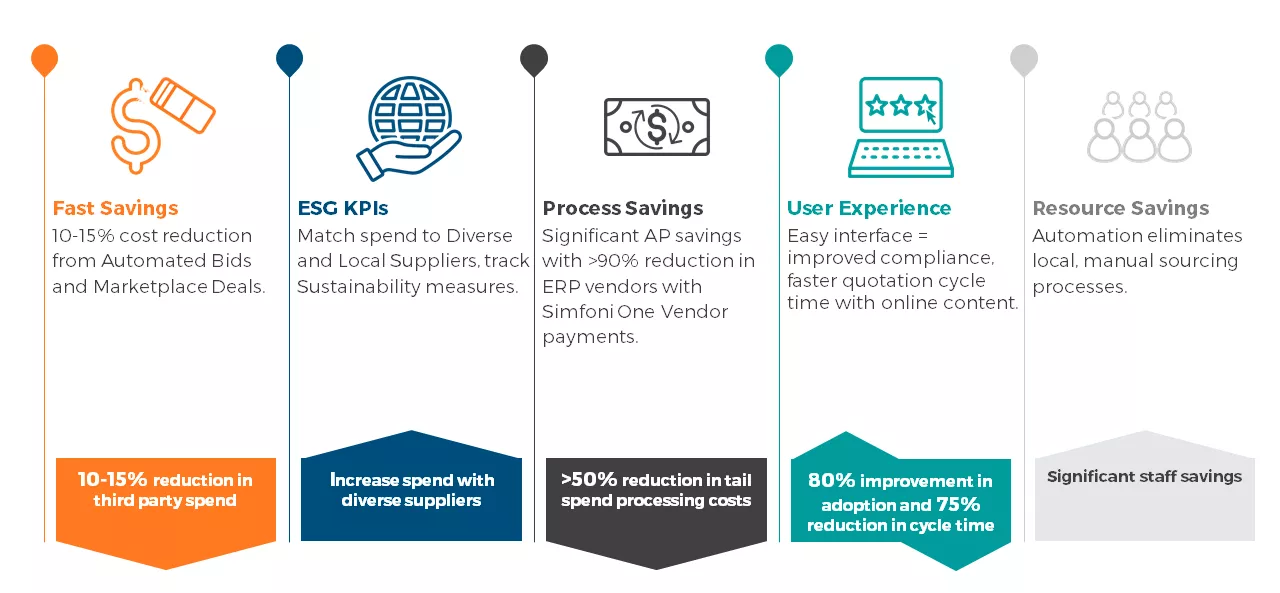
Benefits of a Procurement Marketplace:
The outstanding benefits of having a b2b procurement marketplace are the reason that has compelled even industry giants to try and experiment with the service provided on the platforms. Here are some of the benefits that the marketplace provides:
1. Efficiency and time management:
One of the greatest benefits of such a system is the time saved on all the tasks. From start to finish, when all the catalogs, details, credentials, and methods of communication and transaction are present, time is saved. The difference between this method compared to traditional means is extraordinary, and with such a simplified service, business owners can focus on other high-value tasks.
2. Cheaper and cost-effective:
The B2B marketplace is the most cost-effective option for businesses when comparing it to other procurement options that are based on long and ineffective procedures with low results. When the options are endless, buyers can choose the best for-money vendor for their business. It is much cheaper than in-house teams and saves a large sum of money in both the short and the long term.
There are also many benefits of having large shipments produced and sent through such methods. In a competitive industry, vendors offer the best prices for the best services.
3. Endless options:
The options in such a marketplace never seem to end. When businesses are not bound to their local service providers and a pool of global services is available to them, the best f the best can be chosen. Any business can choose the vendor that is exactly to their needs.
4. Better and simple management:
Management of the teams and procured professionals under one single entity can easily become overwhelming and time-consuming to the point that it decreases efficiency. When the vendors are more than willing to keep track and often do all the work, the management is divided and effective. When the acquired tasks are conducted through one platform, it becomes easier to navigate, teach and evaluate.
5. Data Analytics and filtering options:
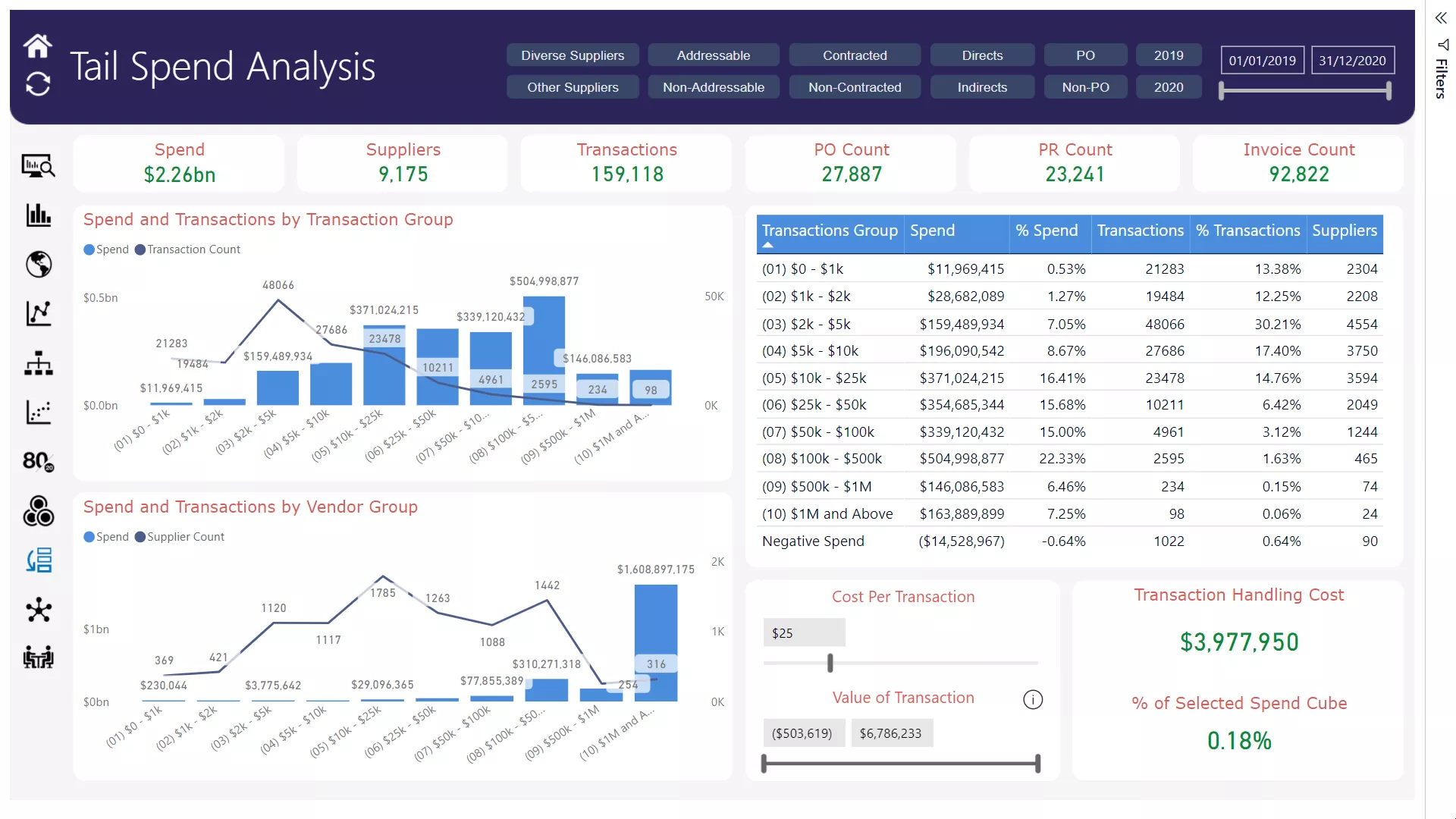
The platform not only allows users to have options to choose from but also tools to filter through these options. With advanced tools with machine learning and even AI integration, customers are suggested the best option curated and collected while considering their specific needs. This makes it not only easier to find a vendor but also to replace them quickly if needed. By using databases to compare and evaluate options in less than seconds, the platforms can be navigated with a few clicks.
Read More:- What is Procure to Pay – A Guide to Procure to Pay (P2P) Process
6. Payment and Tracking systems:
Platforms can use either a third-party payment method or their own to integrate it into the system. This allows the process to be seamless and easy to conduct. Inventory can be easily managed with the tracking systems placed within, and quality and quantity management can be changed and checked without having to go through multiple workforce layers.
7. Payment methods:
In addition to tracking payments, platforms also offer multiple payment methods. Businesses can choose to opt for any method that fits their needs and conduct this process in a few minutes. This eliminates the need for having endless files that need to be checked, signed, and verified.
Another benefit is the safety of the payment methods. Some are more secure than others, and when all the options are available, safe transactions become easier.
8. Scaling Benefits:
Scaling a business has never been easier after the introduction of such marketplaces. Instead of having the employees be in a large workforce, companies can simply have a management that can communicate, conduct and control the procedures and provide results. There is no need to have all the liabilities of a larger workforce and the extra costs that come with such teams.
9. Spending control and access:
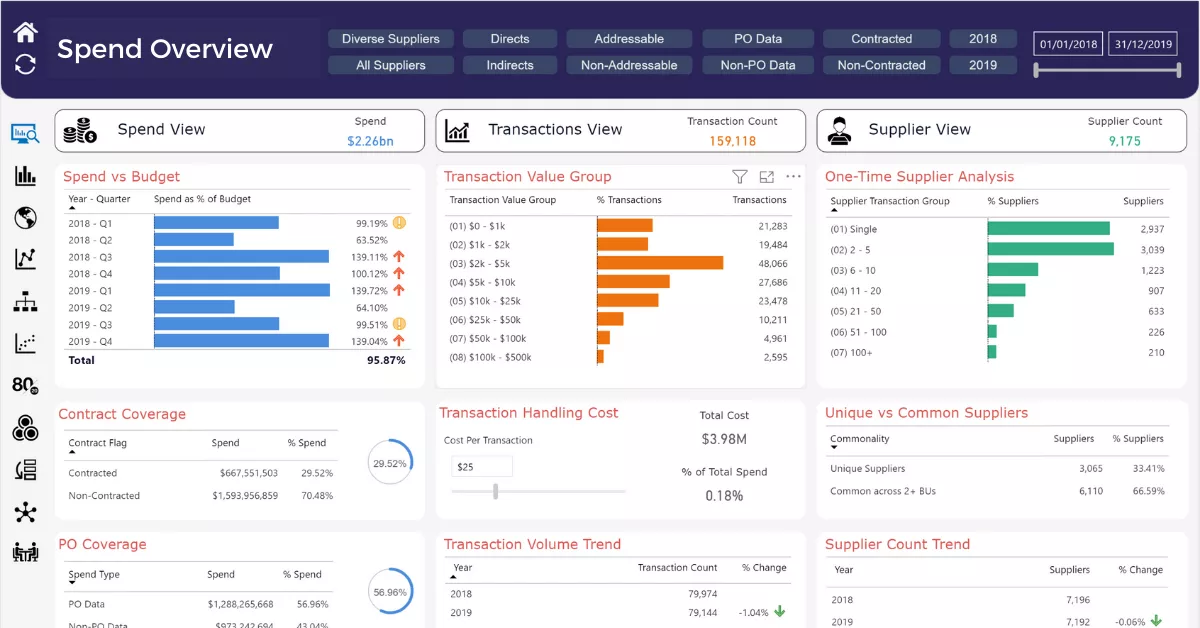
There are options available to limit and provide access to only the employees that the company considers necessary. Not only that but limitations on spending and allocating capital as well as higher authority approval methods can help keep both the employees and the paperwork in check and easier to manage.
Limited access also ensures the safety of data indirectly, and with a protected and secured platform, businesses can easily conduct transactions without any threat of hacking or malfunctions.
10. Less Legal Issues:
The marketplace might be a safer option when looking at the restrictions and regulations of the business and the region it functions in. Many marketplaces are oriented in a way that service providers compliant with the regulations are the only option, and the restricted and potentially dangerous vendors are omitted from the suggestion to keep the business secure from any legal issues in the future.
It is also easier to manage the data of the business in one platform, and taxes and audits can be simplified with some initial groundwork in place.
Conclusion
To conclude, B2B marketplaces are the future of outsourcing and all major business industries as a whole. The agency model of newer businesses completely depends on these marketplaces, and a large-scale shift of traditional practicing businesses to the scha system has also been observed. It is in a business’s best interest to integrate better and more effective technologies like such services to get effective results and not be beaten by the competition due to advantageous outsourced mechanisms.
Useful Resources
- Cost Reduction Strategies in Procurement.
- Effective Procure-to-Pay Process Guide (P2P Procurement).
- Guide to eProcurement software & Solutions.
- Guide to Manage Tail Spend and Improve the Bottom Line.
- Guide to Procurement Software & eProcurement Solution.
- Guide to Understanding Category Management in Procurement.
- Leveraging AI & Machine Learning in Procurement.
- Procurement Analytics & Implementation.
- Procurement Management - Key Steps and Roles.
- Procurement Marketplace - Reinventing Procurement
- Savings Tracking Process in Procurement.
- Source to Pay Process, Steps & Definition.
- Spend Analysis in Procurement: Importance, Process & Examples.
- Supplier Diversity in Procurement
- Sustainable Procurement - Importance & Best Practices
- Understanding the What, Why, & How of Strategic Sourcing.
- Procurement Auctions – How It Works, Example, and Risks.
- Supply Chain Management (SCM): How It Works and Why It Is Important
- What is Contract Management - Everything You Need to Know
- B2B Marketplace - The Ultimate Guide to Procurement Marketplace
- Spend Management - Importance & Best Practices On Business Spend Management Software & Solutions
- Strategic Sourcing – Ultimate Guide To Strategic Sourcing Processes
- Spend Cube – Ultimate Guide to Spend Cube Analysis
- Procurement Software - Automate Your Procurement Process

